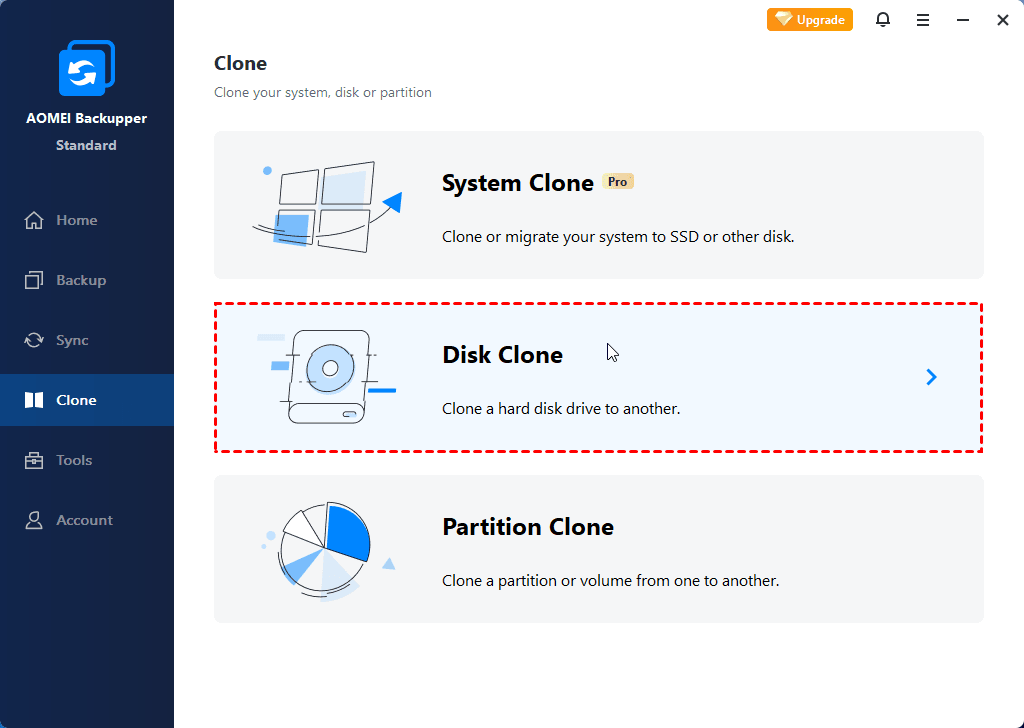
- #WESTERN DIGITAL EXTERNAL HARDRIVE DRIVER FOR MAC DRIVERS#
- #WESTERN DIGITAL EXTERNAL HARDRIVE DRIVER FOR MAC MAC#
Both of these according to the Nautilus file manager in GNOME.īenchmarking the disk performance in GNOME Disks (because tests need to be reproducible in order to determine if there’s a problem, how bad it is, and whether you’ve made progress in fixing it), I was able to determine that the supplied cable was at least partially to blame for the slow-ish speeds that people writing product reviews were complaining about. In copying a bunch of files off the drive, I was seeing about 160-170 MB per second sustained read. Toshiba advertises what USB 3 _link_ speeds are, not what the drive can actually do. The Toshiba Canvio Advance seems to only want to write at a sustained 30 MB per second if you’re pushing the files from your computer over the USB link to it, and yes I checked to make sure that all of my laptop’s ports say “SuperSpeed” (3.x), and they are. The goal is basically that you can push the backup and walk away from the machine if it will take a while. The performance of most of these external drives, especially on the lower end of the price range, is usually pretty middling, but when you mainly just push files to them as a backup, how much they can store is typically of your highest concern.
#WESTERN DIGITAL EXTERNAL HARDRIVE DRIVER FOR MAC DRIVERS#
The EasyStore had this issue and I had to claw the driver back out with Device Manager! Most hardware just works with Linux, and there’s none of this crap where you installed all the latest drivers and then Windows Update comes along and stomps them with “Oh here’s something Intel released 18 months ago! You can disable this in the Group Policy Editor after you google the problem! Thanks for letting Windows live rent-free in your head!”) (Who knows? I’ve seen hard drives before where they never update a pointless driver that it works fine without and Windows stops working properly because it tries loading something off Windows update that’s incompatible with the current version…. It would be nice for the shout out since they go through all the pains to tell you it works with Vista 8 and Vista 10 and, presumably Vista 11 as well.
#WESTERN DIGITAL EXTERNAL HARDRIVE DRIVER FOR MAC MAC#
This drive is as compatible with Linux as it is with Toshiba’s Mac instructions (reformat to a native file system). Really, how hard would it have been? I’ve seen hardware at Walmart with the Linux logo on it before and it will say what kernel version or later, or just “Linux” and maybe Tux the penguin.

Toshiba has a “compatible with” section on the box, doesn’t mention Linux. I can’t imagine why you’d need over 100 GB on a hidden partition, but I can’t imagine why it would help me any. So I trashed the entire partition table before starting over with Ext4. Over 100 GB was being reserved on a partition type called “Microsoft Reserved”! Regardless, while I was formatting the sucker, something odd popped out at me.

Plus, I think Windows can read Ext4 now, so really, even if I encounter Windows again, meh. Preformat it for the Mac and add fifty bucks and say it’s the Mac version). Though it was nice of them not to just do what hardware vendors normally do. Anyway, then it wouldn’t work right with Windows or Linux. Toshiba suggested that Mac users reformat it to Horrible File System + extended attributes, not the actual name, but I jest. (The Macs have read/write ExFAT but cannot write NTFS. With Linux having a kernel module for ExFAT now with read/write support and a tools package, you’d probably be better off with that if cross-platform compatibility is going to be a concern. And while NTFS being compatible with Windows is an argument for NTFS, it’s not that much of one.

You get better reliability and I/O efficiency, and better CPU usage stats, out of native file systems. I formatted it to Ext4 for use with Linux, as non-native NTFS volumes require third party userspace drivers, because of all of Microsoft’s nasty patents and if Microsoft’s own repair tools for NTFS can sometimes themselves corrupt NTFS volumes, even though NTFS dates back to 1993, I’m not hopeful for third party tools. For 2.9 cents per GB, it made sense to try one out. The review of reliability (as far as drives go) was hard to determine, as the BackBlaze article I was able to gloss over said they appear to be at least as reliable as other major brands, but that they just didn’t have as many to compare. Luckily, I back up things that are important in numerous places, so I lost very little that was ultimately that important, but when I purchased a replacement, the best deal I could find (with my spouse’s 10% Walmart discount and my 5% back in points from the credit card people on Walmart’s website) was a 4 TB Toshiba Canvio Advance. My Western Digital 2 TB “EasyStore” finally crashed after 5 years.


 0 kommentar(er)
0 kommentar(er)
